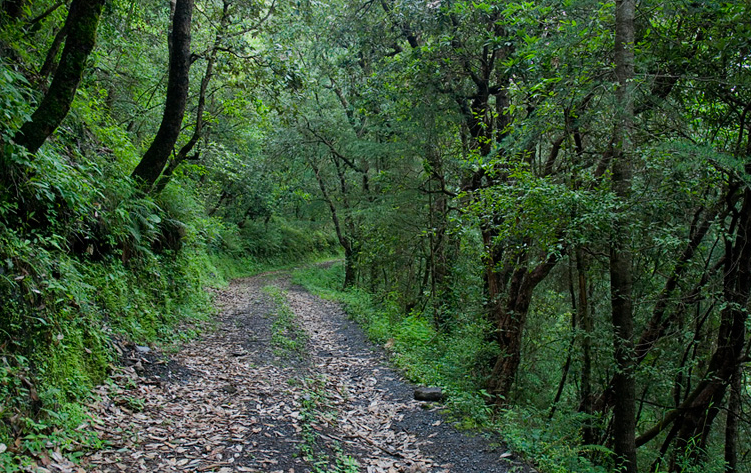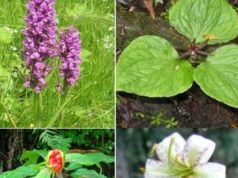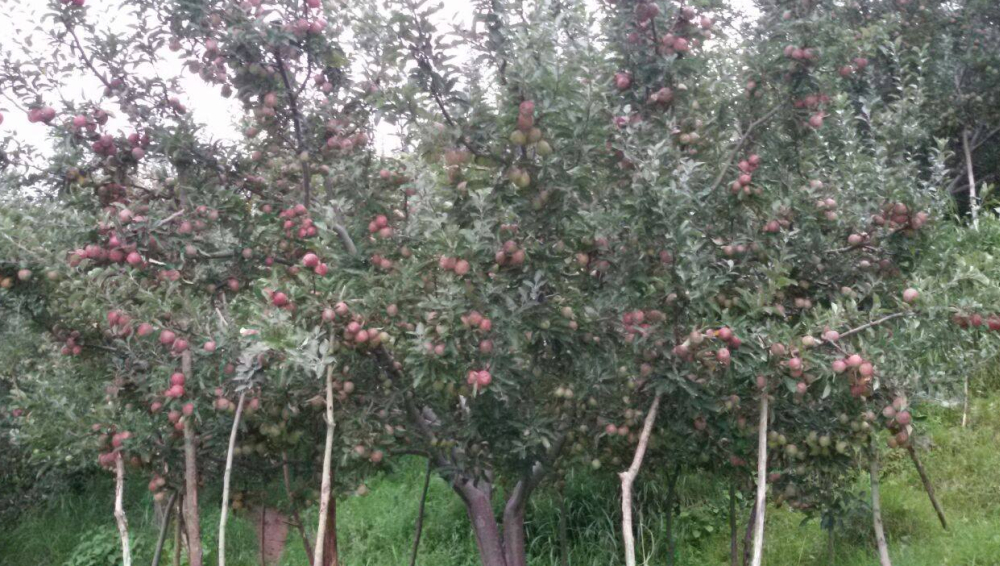Ayurvedic medicines are the major system of indigenous medicines and are most developed and widely practiced worldwide. Himalayan region has medicinal shrubs in abundance and to popularize and benefits local people of the state, the local Government encouraging farmers and fruits growers to cultivate medicinal plants.
The Himachal Pradesh government has established the State Medicinal Plants Board under the chairmanship of Chief Minister with the aim of promoting Medicinal plants and related activities in Himachal Pradesh. The board has started focusing to inculcate the economic need and make easy availability of these medicinal plants for manufacturing Ayurvedic medicines.
For the cultivation of medicinal plants, under National AYUSH mission government is providing financial assistance to farmers, for which various farmer clusters have been prepared. To get the benefit of financial assistance, cluster of farmers must have at least two hectares of land. Cluster of farmers can be of three adjoining villages of 15 kilometer radius. Mortgage land can also be used for cultivation of these medicinal plants.
National AYUSH mission is providing financial assistance of Rs. 100.074 lakh for the cultivation of Atis, Kuth, Kutki, Sugandhvala, Ashwagandha, Sarpgandha and Tulsi besides Rs. 40 lakh for the construction of two storage warehouses and two drying sheds, Rs. 25 lakh for setting up of seed/germplasm centre and five lakh for Organic/ GAP certification for farmers of Himachal Pradesh
State Ayurveda Director Sanjeev Bhatnagar while giving details regarding various activities being carried out in the State said that an amount of Rs. 75.54 lakh has been sanctioned by Government of India AYUSH mission (NAM) – 2017-18 for the Medicinal plant in the state. Out of which Rs. 12.50 lakh has been allocated for two small nurseries, Rs. 8.04 lakh for the cultivation of Atis, Kutki and Kuth, Rs. 25 lakh for seting up of seed/ germplasm centre and Rs. 30 lakh for the construction of one drying shed and two storage godown.
Bhatnagar informed that National Medicinal Plants Board has approved Rs. 748.00 for the establishment of Regional-cum-Facilitation Center at Jogindernagar. This Research- cum-Extension Center will be vital for infusing an element of youth to engage in this activity. This center will promote cultivation and conservation of Medicinal Plants in 6 neighboring North Indian states viz. Punjab, Haryana, Uttarakhand, Uttar Pradesh, Chandigarh and Himachal Pradesh and propagate mandate of National medicinal Plants Board.
Himachal Pradesh has unique geographical conditions and there are areas ranging from 200 meters to 7000 meters high from the sea level. Due to diverse climatic conditions in the area, numerous types of herbaceous plants are available here. Una, Bilaspur, Hamirpur, Sirmaur, Kangra, Solan and Mandi districts falls under Sub-Tropical Shivalik hill upto 700 meter above sea level and about 160 species of medicinal plants are cultivated in this zone.
These Medicinal Plants mainly include Kasturi Bhindi, Khair, Bansuti, Neelkanthi, Ghrit Kumari, Chulai, Shatavar, Neem, Brahmi, Kachnar, Kashmal, Plah, Aak ,kroda, Amaltas,Bathu, Kasmard, Safed Muli, Kapur Vriksh, Tejpatta, Jhamiri, Lasura, Varun, Jamalghota, Kali masuli, Aakash bail, Dhatura, Bhringraj, Aamla, Doodhli, Anjir, Palaksh, Muhlathi, Kutz,Chameli, Koch, Tulsi, Antmul, Ishwagol, sarpgandha, Arend, Ashwagandha, Vanafsha, Geloe, Harad, Jamun, Akarkara, Reetha etc.
The areas between 700-1800 meter high comprised Rampur tehsil of district Shimla, Palampur tehsil of district Kangra and Mandi, kullu, Chamba, Sirmaur districts where medicinal plants like Neelkanthi, Svai, Daruhreda, Bhang, Safed Muli, Dhatoora, Til, Pushpi, Tardi, Sengli-mengli, Kapur Kachri, German chameli, Katfal, Jangi Eshwagol, badam, Khumani, Dadem, Kantkari, Cheerayata, Meemri are cultivated.
Similarly in the hilly areas of Shimla, Kullu, Solan, Chamba, Mandi, Kangra and Sirmaur districts, that falls under the biodiversity area raising from 1800 to 2500 meter above sea level having nearly 60 varieties of medicinal plants like Talis Patra, Patistra, Aatis, Doodhiys, Kirmala, Bhoojpatra, Devdaroo, Nervisi, Kru, Shati, Patrala, Jeevak, Vishkandha, German Chameli, Jatamasi, Cheelgoza, Bankakri, Mahameda, Ravend Cheeni, Buransh, Kakoli, Kali Jari, Kasturi patra, Cheerayata, Van ajwayen and wild Onion are the main medicinal plants cultivated here.
In the tribal districts like Kinnaur, Lahaul- Spiti, Kullu, some areas of Kangra and Shimla districts located at the altitude of over 2500 meters producing enormously very useful medicinal plants, some of these plants include Patis, Batsnabh, Atis, Tragen, Kirmala, ratanjot, Kala jeera, Kesar, Somlata, jangli heeng,Charma, Khursani ajwain, Pushkar mul, Hauver, Dhop, dhamni, Nechni, neri, kejavo, Dhop chrelu, Sharger, Gaggr and Buransh.







